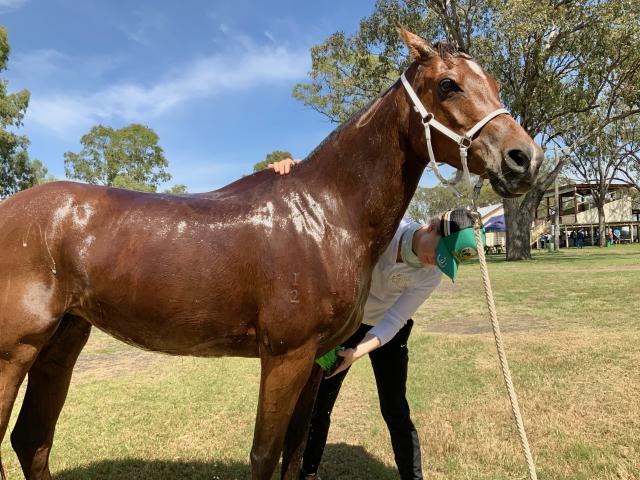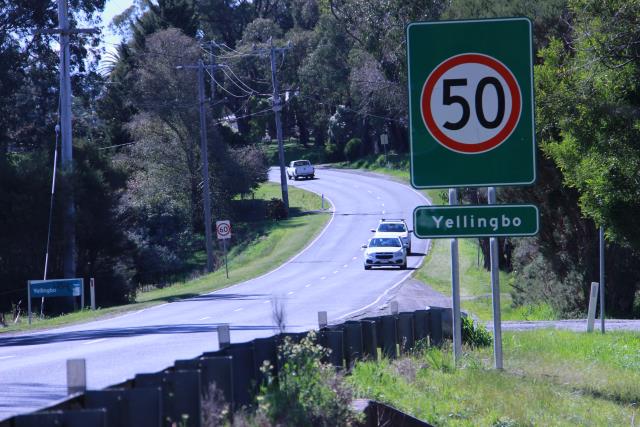Horse’s closest relative
When you think horses, you also think cows, sheep and any other farm animal. But horses are, in an evolutionary sense, very distant from their fellow quadrupedal friends on the pasture. The closest living relative to the horse is the rhino and tapir. Within the super class of mammals that they are from, ancestors of cows and horses diverged 80 million years ago. Recent studies suggest a cow is more closely related to a whale than they are to a horse.
Horses take power naps… standing up
Horses require little amount of sleep compared to other animals. They on average sleep between three and six hours every day. This is taken in brief intervals of rest through out the day. They may sleep between 15 and 30 minutes at times throughout any given day. They sleep in three positions: lying on their side, lying on their stomach and standing up. They have the ability to lock the joints in their legs to be able doze off while standing and still be somewhat alert. This position is more optimal for a horse that wishes to stay alert for any potential predators that charge ahead.
Horses fart big and they need to
Horses have a high amount of fibre in their diet and most of it can only be digested within the large colon where a process of fermentation occurs to break it down. This produces a lot of gas, so much so that people assume the belly of a healthy horse is fat – rather, it’s all gas. Though they don’t produce nearly as much methane as a cow, they almost exclusive release it from big rips of the backside, where cows release gas mostly in belching. Horse’s can get what is called ‘Gas Colic’, a serious disorder that occurs from excess build-up of gas, so it’s better out than in.







